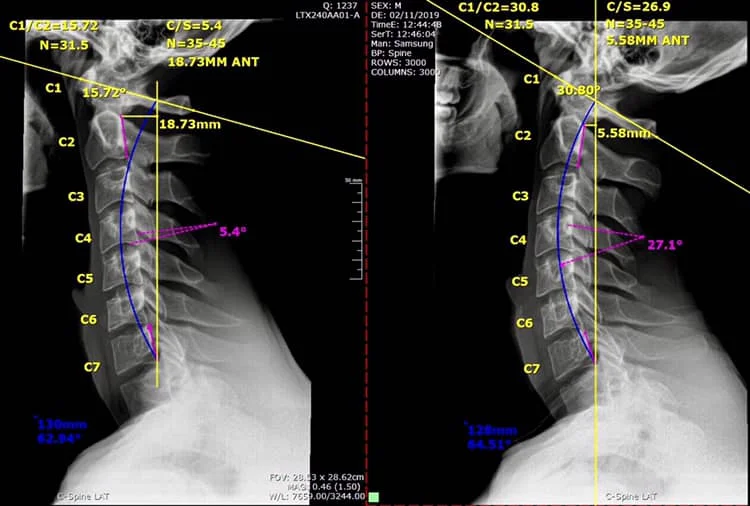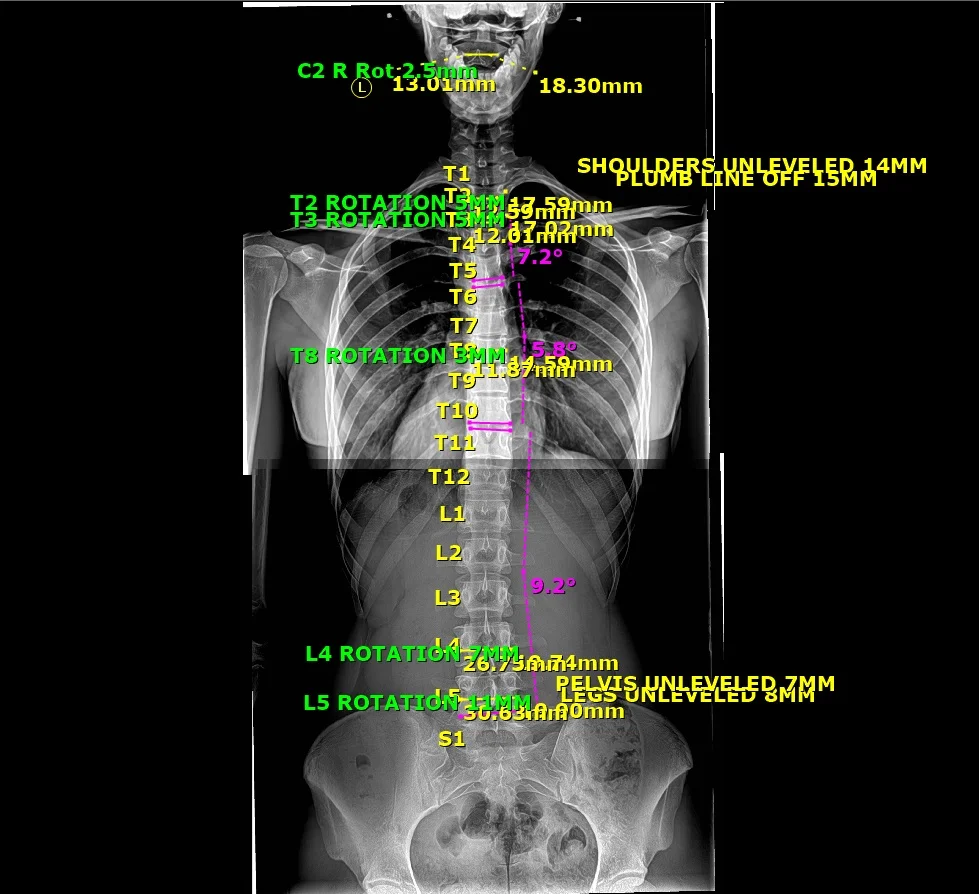(714) 955- 2471
- Home
- About Dr. Quon
- Chiropractic
- "Subluxation" and Adjustments
- Chiropractic & Brain Function
- Heart Rate Variability & Vagus Nerve
- X-RAYS AND CHIROPRACTIC CARE
- Posture & Alignment
- Pregnancy
- Pediatrics
- Injury Prevention
- Is Chiropractic Care Safe?
- Wellness Care
- Sports Chiropractic
- What Is The Popping, "Cracking" Sound?
- QUIRO EN ESPAÑOL
- Health Conditions
- Worksheets
- Supplements
- Research
- Videos
- Contact
Menu
- Home
- About Dr. Quon
- Chiropractic
- "Subluxation" and Adjustments
- Chiropractic & Brain Function
- Heart Rate Variability & Vagus Nerve
- X-RAYS AND CHIROPRACTIC CARE
- Posture & Alignment
- Pregnancy
- Pediatrics
- Injury Prevention
- Is Chiropractic Care Safe?
- Wellness Care
- Sports Chiropractic
- What Is The Popping, "Cracking" Sound?
- QUIRO EN ESPAÑOL
- Health Conditions
- Worksheets
- Supplements
- Research
- Videos
- Contact
close
(714) 955- 2471
- Home
- About Dr. Quon
- Chiropractic
- "Subluxation" and Adjustments
- Chiropractic & Brain Function
- Heart Rate Variability & Vagus Nerve
- X-RAYS AND CHIROPRACTIC CARE
- Posture & Alignment
- Pregnancy
- Pediatrics
- Injury Prevention
- Is Chiropractic Care Safe?
- Wellness Care
- Sports Chiropractic
- What Is The Popping, "Cracking" Sound?
- QUIRO EN ESPAÑOL
- Health Conditions
- Worksheets
- Supplements
- Research
- Videos
- Contact




